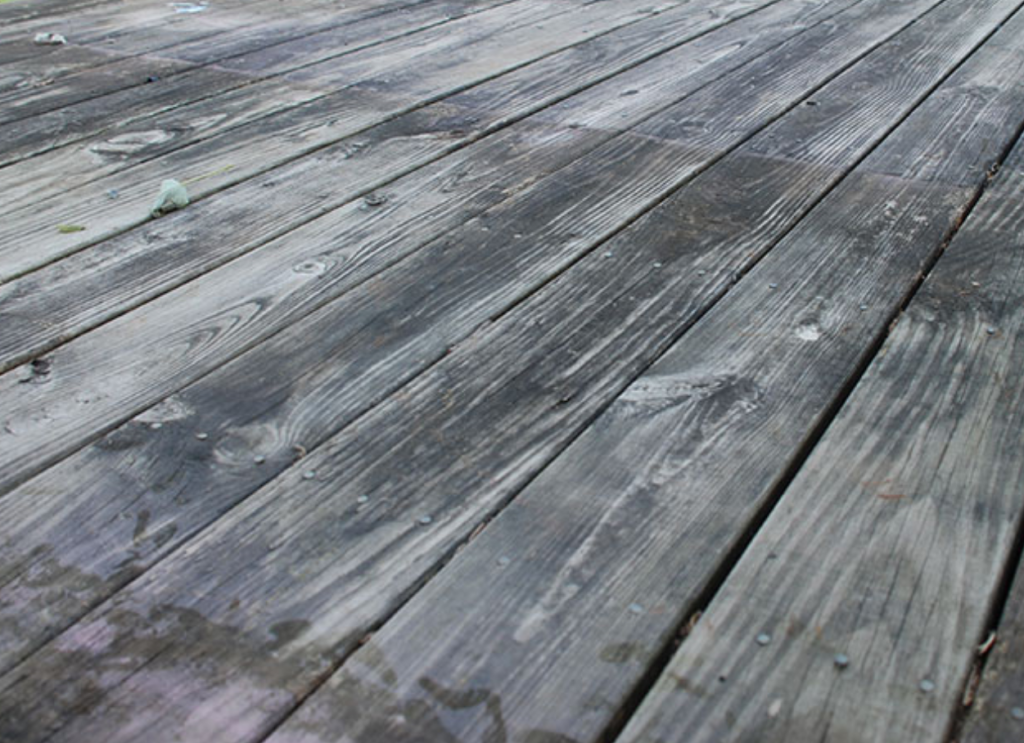When it comes to building a deck, there are many important factors to consider. From selecting the right materials to planning the layout, every decision plays a crucial role in the overall integrity and longevity of your outdoor structure. One often overlooked aspect is the choice of fixings used during construction. In this comprehensive guide, we will explore why special fixings are necessary for your deck and discuss the different options available to ensure a sturdy and durable end result.
The Importance of Corrosion Resistance
Outdoor structures like decks are constantly exposed to various weather conditions, including rain, snow, and humidity. Over time, these elements can cause regular metal fixings to corrode and weaken, compromising the structural integrity of your deck. That’s where special fixings come into play.
Stainless Steel Fixings: The Ultimate Choice
Stainless steel fixings are highly recommended for decking projects due to their exceptional resistance to corrosion. Unlike other metals, stainless steel does not react with oxygen in the air, making it rust-resistant even in harsh outdoor environments. This not only ensures that your deck remains aesthetically pleasing but also guarantees its long-term durability.
Galvanised or Coated Carbon Steel Fixings: A Viable Alternative
If stainless steel fixings are not readily available or fall outside your budget range, you have another option: hot-dipped galvanised or high-quality coated carbon steel fixings. These types of fixings undergo a protective treatment that significantly reduces their susceptibility to corrosion. While they may not offer the same level of rust resistance as stainless steel, they still provide adequate durability for most decking projects.
The Advantages of Screws over Nails
When it comes to fastening your deck boards, screws offer several advantages over nails. It’s important to choose screws that are specifically designed for outdoor use and made from corrosion-resistant materials such as stainless steel or galvanised steel. Here’s why screws are the preferred choice:
Secure Fastening
Unlike nails, screws provide a secure and reliable fastening method for your deck boards. Their threaded design allows them to grip the wood more effectively, reducing the risk of loose or squeaky boards over time. This ensures that your deck remains stable and safe for years to come.
Easy Removal for Maintenance
Another benefit of using screws is their ease of removal. When it comes time to perform maintenance on your deck, such as replacing a damaged board or accessing the space beneath the deck, screws can be easily removed without causing excessive damage. This accessibility is particularly important for long-term deck maintenance and repairs.
Choosing the Right Size and Type of Fixings
To ensure proper installation and optimal performance of your deck, it’s essential to choose fixings that are suitable in size and type for your specific project.
Screw Length
When selecting screws for your decking boards, a general rule of thumb is to choose ones that are 2.5 times the thickness of the boards you are using. This ensures that the screw penetrates deep enough into the joists or support beams, providing maximum stability.
Bolts and Joist Hangers
In addition to deck boards, other components of your deck may require special fixings as well. Bolts are commonly used for securing posts to footings or attaching beams to posts. Joist hangers play a crucial role in connecting joists to beams securely. Both bolts and joist hangers should be made from rust-resistant metals like stainless steel or galvanised steel to maintain structural integrity.
Concealed Deck Clips
For those seeking a seamless look with no visible fasteners on their decking surface, concealed deck clips are an excellent option. These innovative fixings allow you to install deck boards without any visible screws or nails on the surface, creating a clean and polished appearance while still maintaining the necessary strength and stability.
Conclusion
In conclusion, using special fixings for your deck is essential to ensure its long-term durability and structural integrity. Stainless steel fixings are the ultimate choice due to their exceptional resistance to corrosion. However, if stainless steel is not an option, hot-dipped galvanised or high-quality coated carbon steel fixings can provide satisfactory results. Additionally, screws offer advantages over nails in terms of secure fastening and ease of removal for maintenance purposes. By selecting the right size and type of fixings for your specific project, you can create a beautiful and long-lasting deck that will bring joy and relaxation to your outdoor space for years to come.









